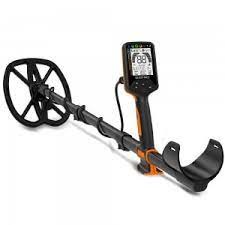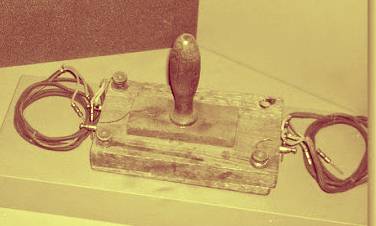
Searching for treasures with magnets
In the 18th century, several mining professionals and scientists of various branches were introduced in the research of finding metals below the surface, with the help of a machine.
The first metal detector was patented in 1925, but before that, it was used to save the life of President James Garfield from being shot, with the help of this device they tried to remove the bullet, although they could not find the bullet and he died. Later they were updated and improved until they reached the current metal sensor. The most relevant metal detectors were used to locate bombs left over from World War I and II and to locate land mines.

What are metal detectors and how do they work?
Metal detectors are instruments that help us to detect magnetism and conductivity through an electromagnetic field that is generated by the metal detector itself. The field needs electromagnetic waves to connect with the magnetic properties of the metal material when it is attracted to the instrument.
The magnet found in the magnetic field is the electromagnet, which allows us to attract ferromagnetic objects. This type of magnet has the ability to activate or deactivate magnetism, but it cannot be used in the absence of an electric current. So it is responsible for locating metal particles in a particular space. For example, we can find aquatic or submersible metal detectors for use on the beach and to detect metals underwater, to metal detectors in different sectors such as in the food industry or the industrial sector.
What types of metal detectors are there?
There are different types of magnet detectors depending on the application, we will use low-frequency VLF detectors, PI pulse induction detectors. In addition to these, we can find the multifrequency, box, and the best known gold detectors. The latter type, designed to obtain gold, requires a previous study as they are more complex. Gold detectors have a low-frequency circuit with pulse induction, ignoring all the conditions of the mineral soil and with the ability to find large amounts of gold. Nowadays, there are modern metal detectors of all sizes; large or small depending on the area in which you want to work, allowing you to identify gold.
Different metal sensors are depending on the knowledge we have about this instrument, there are initiation detectors and professional detectors. Metal detectors, as their name suggests, are designed to find all types of metallic magnets.
